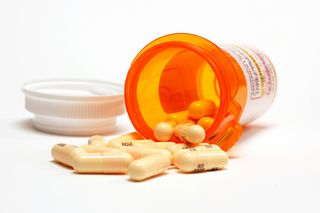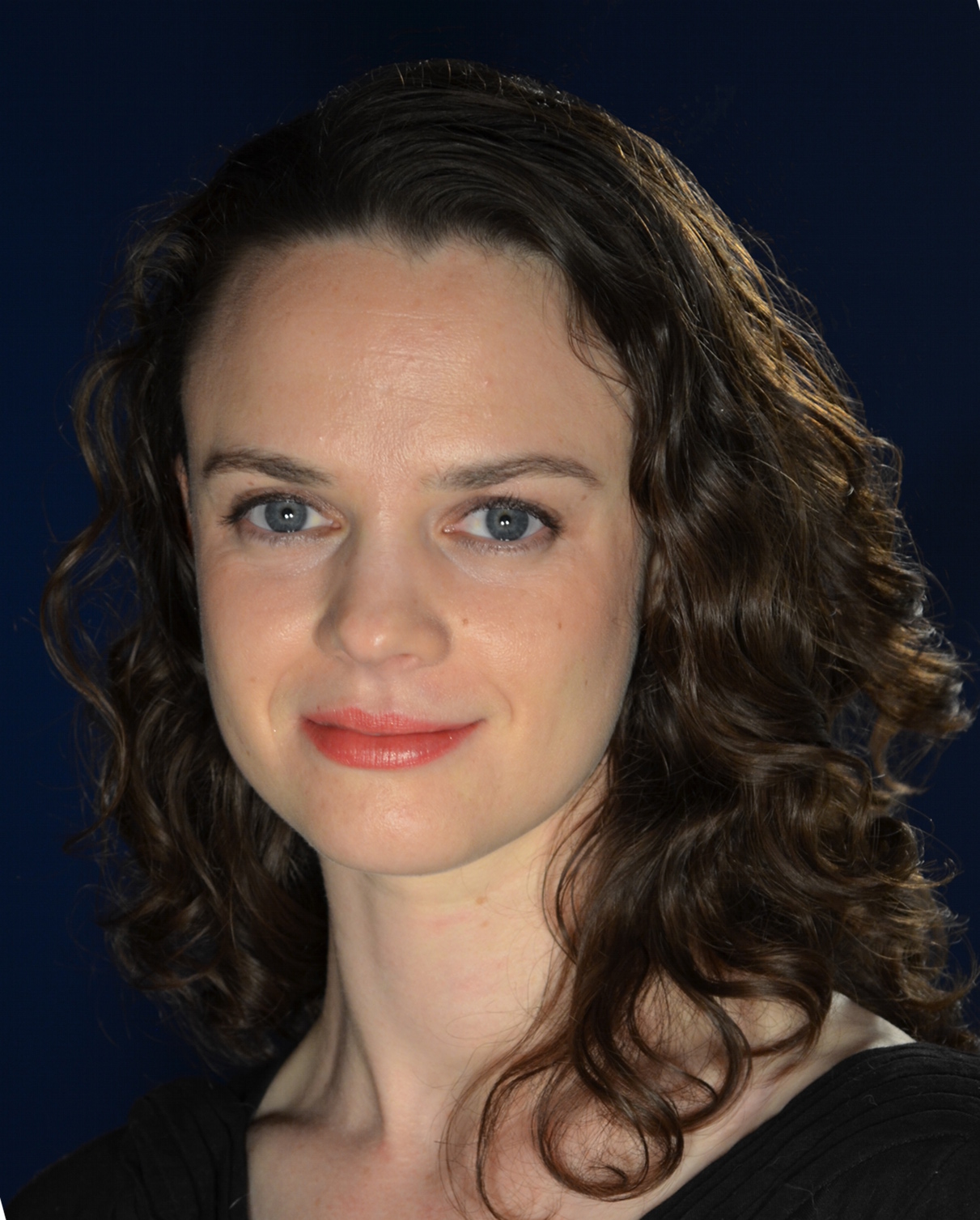America's Prescription for a Medical Nightmare

Lynn never dreamed she fit the profile of an addict. She was almost 30, living in a middle-class neighborhood in Pittsburgh, working and newly married. Then an old cheerleading injury led to two herniated discs in her lower spine. The pain was bad enough to keep her in bed most of the day.
Her doctor wanted to treat her with painkillers rather than resort to surgery. She started taking prescription pills.
"I knew it was an addiction problem, I knew immediately: I wanted and I wanted and I wanted. From the minute I took the first pill, I wanted," said Lynn, who did not want her last name used to protect her children's privacy.
"I couldn't work," Lynn said. "I was given Percocet, Vicodin, Lortab – youname it, they wrote it. I never asked any questions; I didn't have a problem with drugs." Or at least she hadn't had a problem before then.
What followed was years of deception, rehab and relapses for Lynn, who's now 50. Among her generation of Americans, she was far from alone.
Less pain, more risk?
A movement in the late 1990s to better treat chronic pain led to an increase in opioid painkiller prescriptions. Opioids, which function in the brain the same way as heroin, moved ahead of tranquilizers and sedatives as the leading group of prescription drugs abused by addicts.
Sign up for the Live Science daily newsletter now
Get the world’s most fascinating discoveries delivered straight to your inbox.
"There are just more drugs available," said Dr. Christopher Jones, health scientist at the Centers for Disease Control and Prevention.
Jones and his colleagues studied drug sales in the United States over the past decade. From 1999 to 2010, opioid sales increased fourfold. Jones said other recent studies found increased sales of stimulants and sedatives, too.
Doctors previously had prescribed opioids "very cautiously," Jones said, but a few studies in the 1990s seemed to show the group of painkillers wasn't as addictive as feared. Later, "unfortunately, what we found is that the idea that the addiction risk is less doesn't seem to be true," Jones said.
Addiction specialists fear the public may have a false sense of security about prescription painkillers.
"There's a subliminal aspect to this — people think if a doctor gives them, it must be safe," said Dr. Harris Stratyner, an addiction specialist with Caron Treatment Centers. "We're seeing a lot of these drugs prescribed to older patients for pain. Junior comes in and sees it in the medicine cabinet, and there you are."
As patients like Lynn found themselves addicted, so did a growing proportion of Americans who tried prescription drugs without a prescription.
Joe Gfroerer of the Substance Abuse and Mental Health Services Administration works on the National Survey on Drug Use and Health, which uses responses from 67,500 people each year to estimate drug use in the United States.
Based on the most recent survey, an estimated 5.1 million Americans are currently taking pain relievers without a doctor's prescription, as are 2.2 million who are taking tranquilizers, 1.1 million who are taking stimulants and 400,000 who are taking sedatives on a regular basis.
And these numbers may underestimate prescription drug abuse. Gfroerer, who helps compile this data for SAMHSA's Center for Behavioral Health Statistics and Quality, said officials had to classify "nonmedical use" somehow and chose to base it on people who use prescription drugs without a prescription from a doctor. The category overlooked abusers like Lynn.
The depths of an addiction
Lynn recalls: "At the beginning, when I got my first prescription and I really liked it, I realized I couldn't go to the same doctors and complain about the same thing. I embellished a lot because I wanted the pain pills, and I was going to do anything I could do to get them."
That included doctor shopping, pretending she didn't have health insurance, visiting pharmacies 30 minutes from her home and trudging out in 19 inches of snow to get pills before the pharmacy closed. Yet Lynn would have fallen into the drug use survey's "nonmedical use" category only once she started stealing prescription pads from doctors' offices.
Lynn went in and out of rehab from age 30 to 39, and eventually underwent surgery for her back pain. "It wasn't until I went to Caron Treatment Centers that I understood where my addiction came from ... or that I could get better.
"The one thing I knew throughout the entire process is that I didn't want to die, and I didn't want to lose my family," Lynn said.
Lynn may have had some genetic predisposition to addiction: People on her mother's side of the family have some mental illnesses, a risk factor to becoming addicted. But Lynn was at an even higher risk than others because the common painkiller prescriptions could also be very physically addictive.
Staying clean
After completing rehabilitation at Caron Treatment Centers in Wernersville, Pa., Lynn lived dependence-free for years. But unlike illicit drug users, Lynn had to come face to face with temptation each time she saw a doctor for pain.
Once a specialist treating a serious infection in her sinuses prescribed Lynn pain pills. Lynn didn't mention her addiction. She fell into dependence within a few weeks.
"I thought, 'I'm three years into my recovery, I can take the opiates as prescribed,'" Lynn said. A second round of rehab got her off pain pills again, and she had to find a new way to manage pain later when she needed two knee replacements.
Lynn found a psychiatrist to work with her orthopedist during her surgeries to plan her pain relief. "I got through them beautifully," Lynn said. "The key is honesty."
Communities preventing addiction
To help fight drug dependence, the Drug Enforcement Administration is trying to get leftover pills out of people's medicine cabinets. It created National Prescription Drug Take-Back Day to encourage the public to dispose of prescribed drugs, no questions asked.
Almost 500 tons of prescription drugs have been collected at the past three Take-Back Days, according to Rafael Lemaitre, a spokesman for the Office of National Drug Control Policy. The next Take-Back Day is April 28.
People can dispose of prescription medication on their own, of course. The U.S. Food and Drug Administration recommends taking the pills out of their original container and sealing them in another container with an undesirable substance such as kitty litter or coffee grounds before throwing them in the trash.
"It's silent epidemic, and it's one we're taking seriously. Drug-overdose death rates have more than tripled since 1990; 14,800 people died from using painkillers in 2008," Lemaitre said.
This story was provided by MyHealthNewsDaily, a sister site to LiveScience. Follow MyHealthNewsDaily on Twitter @MyHealth_MHND. Find us on Facebook.

